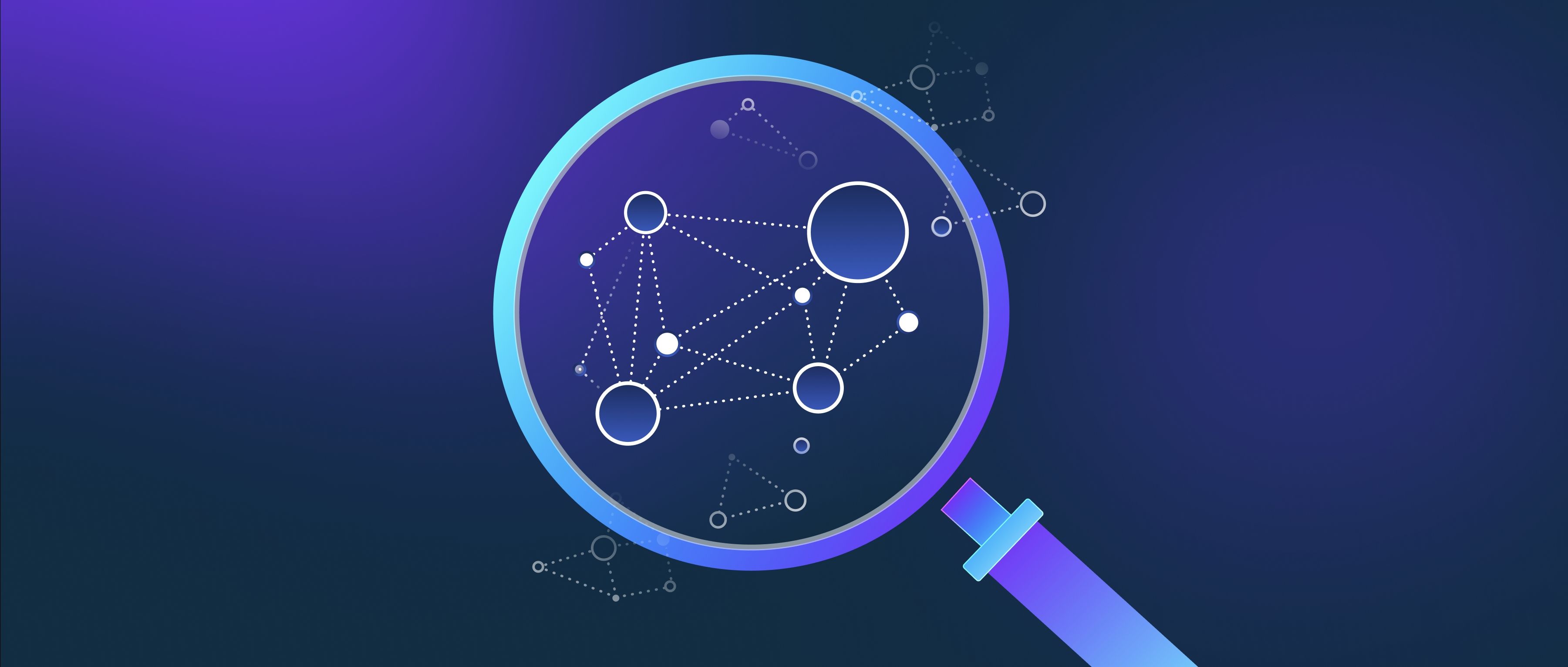The choice of optimizer plays a crucial role in training diffusion models, as it directly impacts how quickly and effectively the model learns from data. Optimizers are algorithms that adjust the weights of a neural network by minimizing the loss function, which measures the difference between the model's predictions and the actual outputs. In the context of diffusion models, which are often complex and involve high-dimensional data, the optimizer's efficiency can significantly influence convergence speed and overall performance.
For example, traditional optimizers like Stochastic Gradient Descent (SGD) are straightforward and easy to implement, but they can be slow to converge, particularly with large datasets and high-dimensional parameter spaces. On the other hand, adaptive optimizers such as Adam or RMSprop adjust the learning rate dynamically based on the gradients' behavior during training. This adaptability can help diffusion models navigate the loss landscape more effectively, potentially leading to improved convergence rates and better final model performance. Selecting one of these adaptive optimizers can reduce the need for excessive tuning of learning rates, making the training process more straightforward.
Moreover, the choice of optimizer can also affect the stability of the training process. Some optimizers, like Adam, are known to introduce noise into the training updates, which can help escape local minima but may also lead to oscillations or divergence in certain scenarios. Conversely, more straightforward options like SGD can provide a more stable training trajectory but might require careful tuning of the learning rate and other hyperparameters to prevent slow convergence. Therefore, developers should consider the specific characteristics of their diffusion model and dataset when choosing an optimizer, as this decision can greatly influence the efficiency and outcome of the training process.
